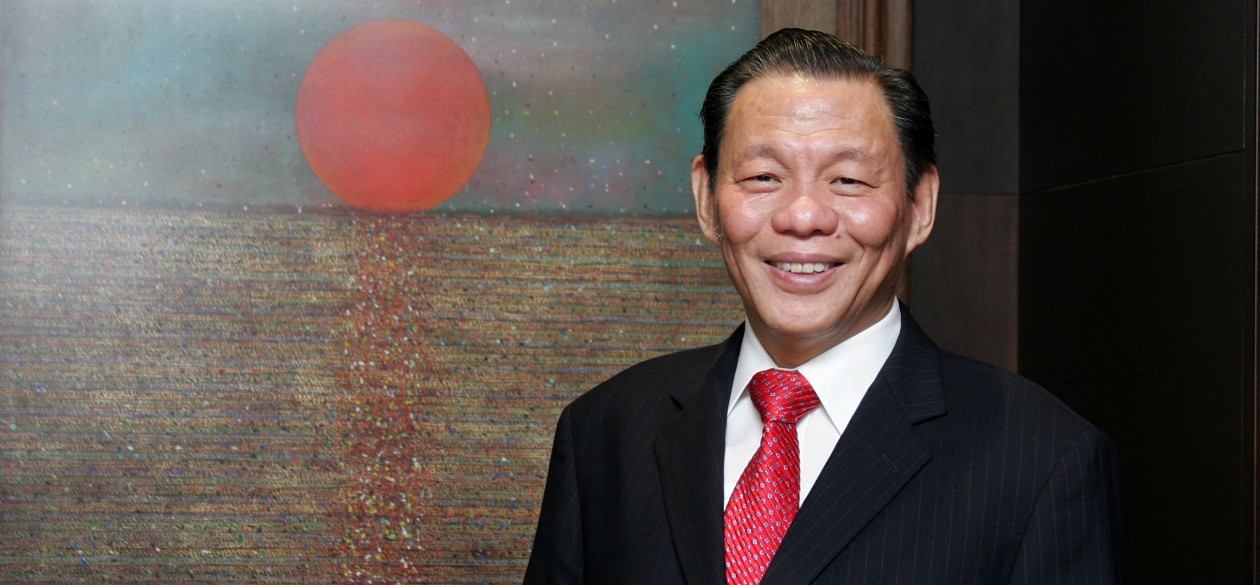Asia Symbol SSYMB Initiates Water Reclamation Project

Asia Pacific Resources International Limited serves as one of the RGE Group of corporations under the direction of Sukanto Tanoto, an Indonesian-born entrepreneur of Chinese heritage. The pulp-and-paper production company’s facilities in China include one in Rizhao, where it has worked to comply with environmental standards for waste management. A recent report on Asia Symbol SSYMB’s project for reuse of reclaimed wastewater was part of a comprehensive document detailing 10 key environmental initiatives in Rizhao.
The report’s authors, together with staff from the local bureau charged with environmental protection, examined how the company treats urban sewage for reuse in the production of pulp paper, and checked its progress in responding to environmental remediation issues.
According to the report, Asia Symbol SSYMB has made noteworthy progress in its municipal sewage reclamation project, as well as in its deep sludge drying project. Working from April to September 2014, the company’s staff members have successfully capped and sealed off the primary settling tank located within a sewage treatment facility, and have since focused on ongoing testing, prevention, and control of odor from the tank. By capping and sealing off the tank, Asia Symbol SSYMB has been able to effectively trap pollutant gasses and organic material.
The authors of the report additionally noted that, on a tour of the Asia Symbol SSYMB facility in Rizhao, the sewage treatment plant’s monitoring station was equipped with more than half a dozen computer display segments that checked on the flow in multiple parts of the operation. Employees in the monitoring station are able to track conductivity, the pH value of organic matter, concentration of dissolved oxygen, environmental temperature, and other variables.
In the interests of sustainability, Asia Symbol SSYMB has devoted 68 million Chinese renminbi to its overall urban sewage reclamation program, which represents a pioneering effort to reuse domestic waste in the operation of a large pulp mill. The long-term goal is to reduce levels of both water usage and discharged pollutants.
Click here for article in Mandarin Language.



Leave a comment